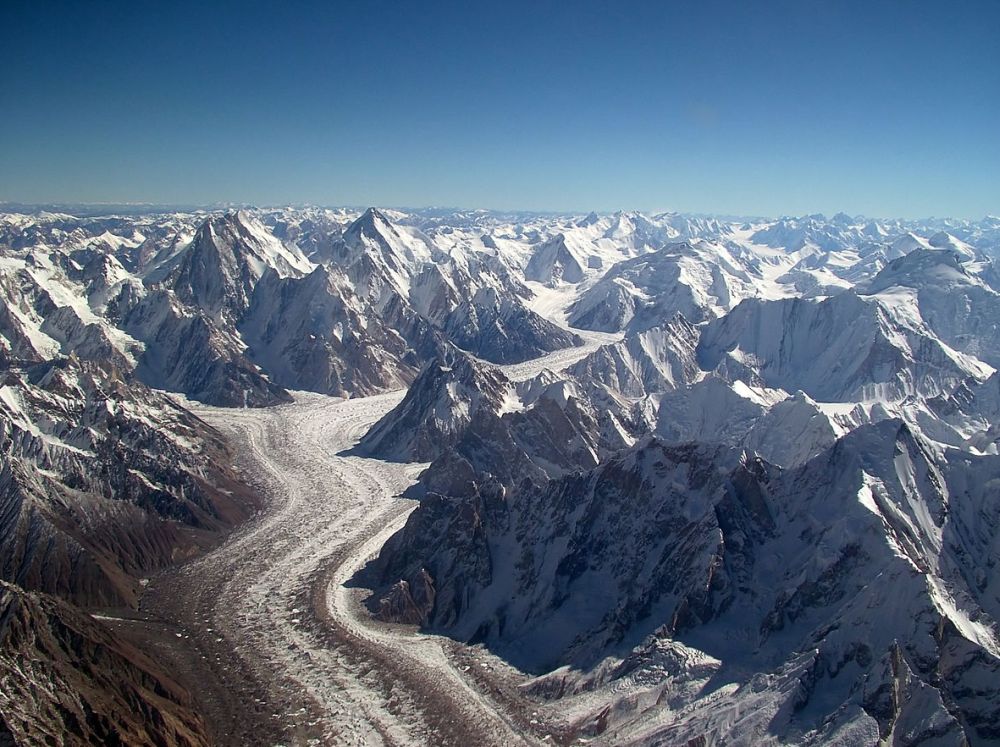Continued Glacier Melt to Affect Over a Billion People in Himalayan Karakoram Region
With the rising global temperatures, the melting of glaciers comes as no surprise. Yet again, a recent study has conveyed the threats of continued glacier melt in the Himalayan Karakoram region, which could drastically affect over a billion people.
Water volume and flow in Himalayan Rivers such as Indus, Ganges and Brahmaputra are set to rise excessively as snow and glaciers continue to melt. The changing water volume and flow could induce a flood-like situation in lower plains affecting a massive populace, who directly depends on these water resources for survival.
Published in the journal Science, the study was conducted by a team from the Indian Institute of Technology (IIT) Indore on the glacial hydrology of rivers in the Himalayan Karakoram region. The study indicated that if the melting phenomenon continues in the region through the century, it may one day stop delivering water altogether.

A study has conveyed the threats of continued glacier melt in the Himalayan Karakoram region, which could drastically affect over a billion people | Image: DD News
Led by Dr. Mohammad Farooq Azam, assistant professor at IIT Indore, the study also exhibited that glaciers and snowmelt are vital components of the Himalayan Karakoram Rivers, with greater significance for the Indus than Ganges and Brahmaputra basins.
According to Dr. Azam,
The Himalayan river basins cover an area of 2.75 million square kilometers and have the largest irrigated area of 577,000 square kilometers, and the world’s largest installed hydropower capacity of 26,432 MW. The melting glaciers fulfill the water requirements of more than a billion people in the region.
He further added that these people will be tremendously affected if the glacier ice melts throughout the rest of the century and eventually stops bringing water to inland rivers. The researchers collected the results from over 250 scholarly papers to conclude a link between climate change, precipitation changes and glacier shrinkage.
While Ganges and Brahmaputra basins get plenty of water from monsoons, the Indus River is largely dependent on the glaciers. However, with shifting rainfall patterns and rising global temperatures, the Ganges and Brahmaputra basins will be affected as well.
The study stated that the total river runoff, glacier melt and seasonality of flow are set to rise until the 2050s, and then decline with some exceptions. It also called for greater emphasis on the problems of current status and potential future fluctuations of rivers for sustainable water resource management for agriculture, hydropower, drinking, sanitation and hazard situations.
Via: India Today


